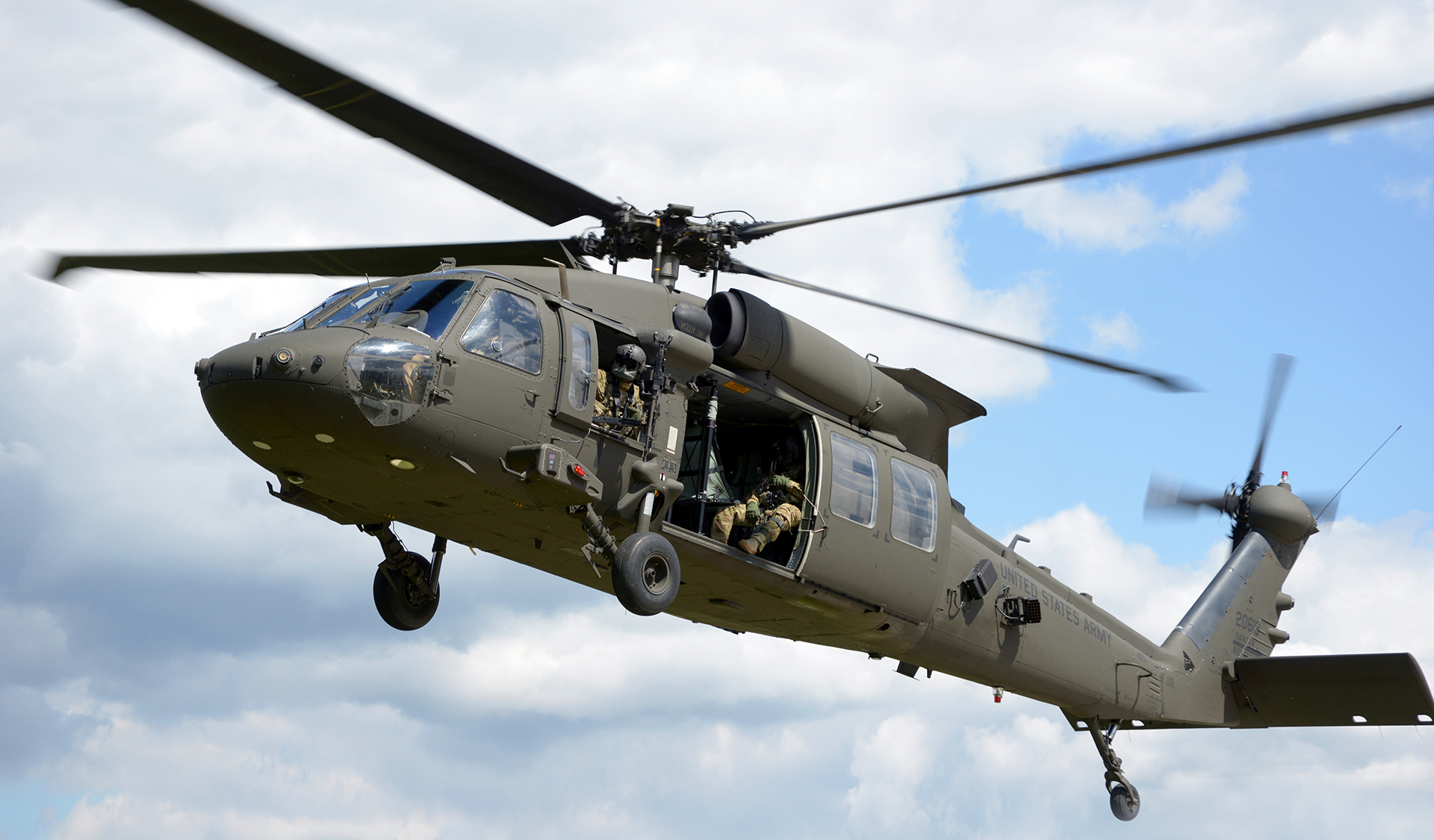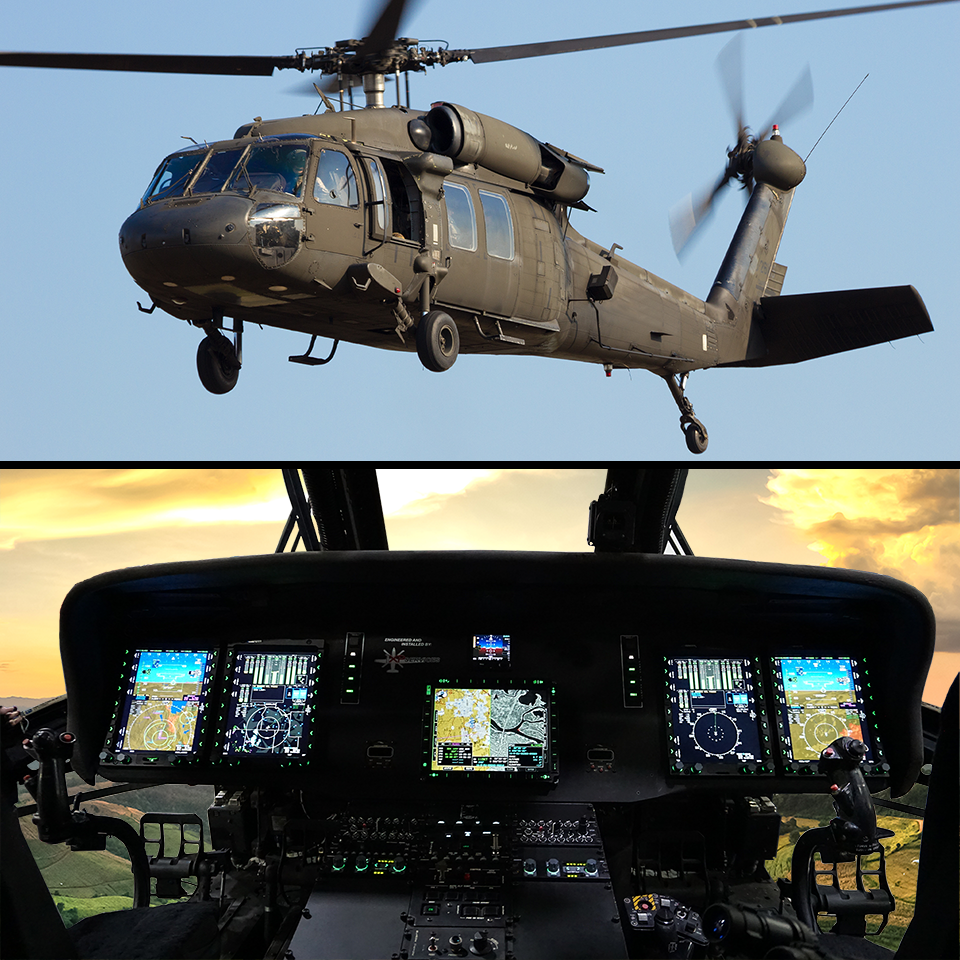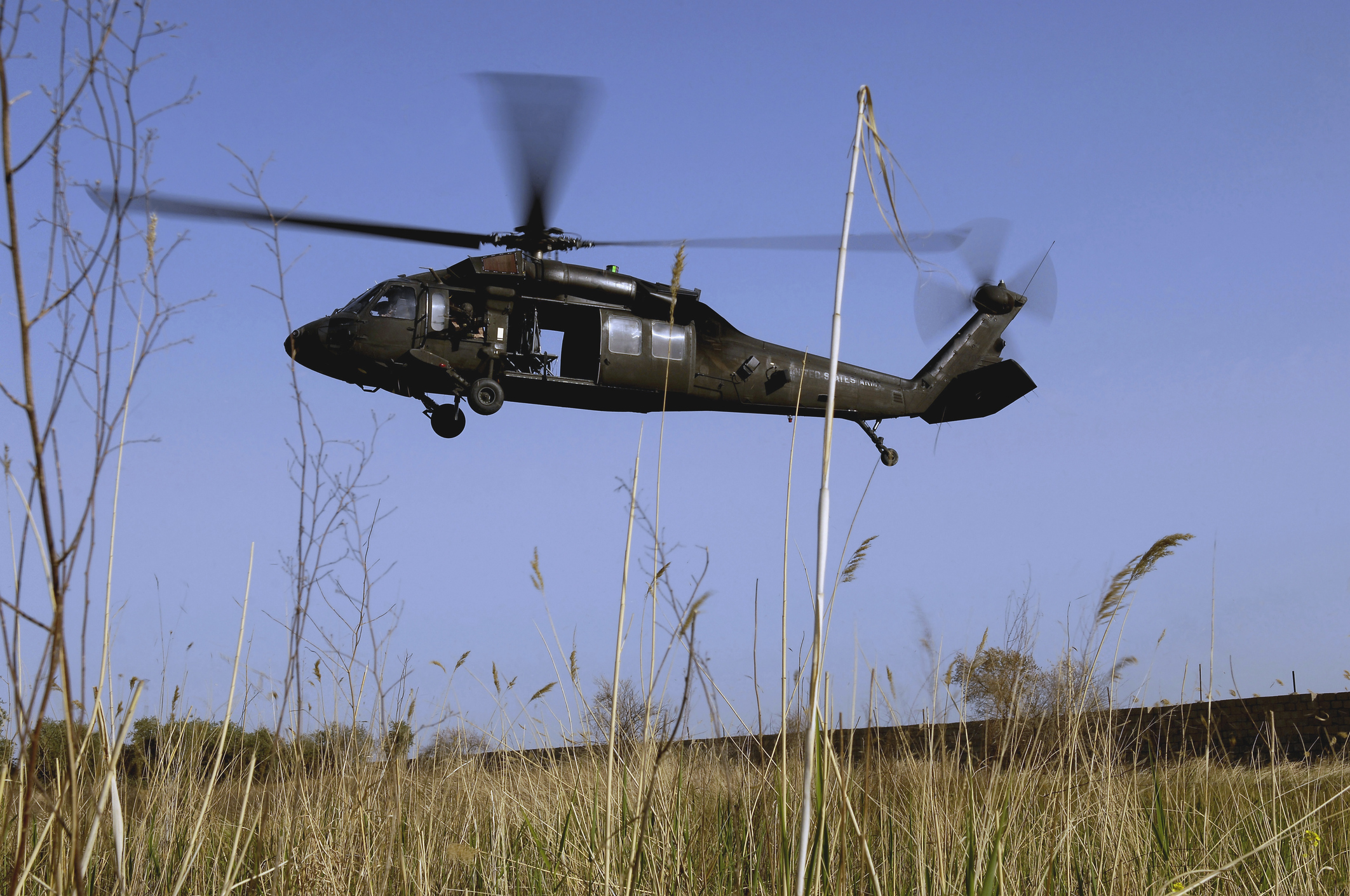UH 60 Black Hawk Helicopter: Enhancing Military Efficiency and Air Mobility
UH 60 Black Hawk Helicopter: Enhancing Military Efficiency and Air Mobility
Blog Article
Whatever You Need to Learn About the UH 60 Helicopter
The UH-60 helicopter, a keystone of U.S. Military aviation considering that its launching in 1979, represents a remarkable mix of engineering and functional convenience. As armed forces demands progress, so also does the helicopter, with recurring improvements aimed at improving its capacities and incorporating contemporary innovations.
Background of the UH-60
Developed in the late 1970s, the UH-60 Black Hawk helicopter emerged as a response to the united state Military's demand for a functional energy helicopter that can execute a variety of goals under tough conditions. The inspiration for its style was the drawbacks recognized in the earlier helicopters utilized during the Vietnam Battle, particularly in terms of rate, ability to move, and survivability.
The Black Hawk was designed by Sikorsky Aircraft, incorporating sophisticated modern technologies and materials to improve its efficiency and durability. It was officially introduced into service in 1979, swiftly coming to be a vital possession for armed forces procedures - uh 60. Its ability to transfer troops, clinical emptying, and logistical support in both battle and humanitarian missions made the Black Hawk a very useful part of the U.S. Army's air travel fleet
Throughout the decades, the UH-60 has actually been continually updated, adjusting to the altering nature of warfare and the progressing needs of contemporary military procedures. Its operational history consists of engagement in major problems, peacekeeping objectives, and calamity alleviation efforts, strengthening its track record as a effective and dependable helicopter in different environments worldwide.

Layout and Specifications
The design of the UH-60 Black Hawk helicopter continually mirrors a dedication to functional efficiency and convenience. Developed by Sikorsky Airplane, this medium-lift energy helicopter features a streamlined, aerodynamic body that boosts speed and maneuverability. Its tandem blades system, identified by 2 counter-rotating blades, minimizes vibration and raises lift ability, enabling much safer procedures in diverse settings.
The UH-60 is powered by two T700-GE-701C turboshaft engines, giving a maximum rate of about 180 knots and a variety of around 400 maritime miles. Its robust airframe is constructed from sophisticated composite products, making certain resilience while maintaining a reasonably reduced weight. The helicopter has an optimum gross weight of about 22,000 pounds, sustaining a flexible haul configuration.

Duties and Objectives
A functional platform, the UH-60 Black Hawk helicopter serves a wide variety of functions and objectives within military operations. Created largely for army transportation, it is capable of bring up to 11 soldiers, making it a necessary property for rapid implementation and logistical support.
Along with army transport, the UH-60 masters medical discharge (MEDEVAC) goals, equipped with sophisticated clinical devices to give crucial care during transit. Its capability to run in diverse atmospheres enhances its efficiency in combat search and rescue (CSAR) procedures, where speedy extraction of workers is vital.
The helicopter additionally plays a significant role in reconnaissance and security missions, using onboard this link sensing units and tools to debrief. Its versatility prolongs to logistical support, capable of moving materials and tools to ahead operating bases.
In combat procedures, the UH-60 can be equipped with different weapon systems, enabling it to provide close air assistance. Its multi-role capability makes the Black Hawk a crucial device for modern-day army forces, adapting seamlessly to the evolving demands of field of battle circumstances and making certain mission success across a series of functional contexts.
Efficiency and Capacities
Understood for its durable performance, the UH-60 Black Hawk helicopter boasts outstanding capabilities that boost its operational performance throughout various goals. uh 60. This multi-role airplane is geared up with powerful twin-engine Turbomeca Arriel 1D1 engines, giving phenomenal speed and ability to move, with an optimum cruise speed of approximately 150 knots and a functional variety of around 400 maritime miles
The Black Hawk's advanced avionics and fly-by-wire control systems significantly improve flight security and handling, enabling it to operate in varied atmospheres, including adverse weather condition problems. Its convenience is further exemplified by its capability imp source to bring approximately 11 completely equipped troops or a payload of approximately 8,000 pounds, making it excellent for troop transportation, clinical evacuation, and logistical support objectives.
Additionally, the UH-60 is created for survivability, including reinforced airframes, ballistic defense for crew and passengers, and progressed countermeasure systems to escape risks. The helicopter's agility and speed, incorporated with its capability for quick deployment, make it a crucial possession in contemporary army procedures, ensuring that it stays a vital element of tactical air support check out here and battleground movement.
Future Dope

One significant emphasis is the assimilation of advanced avionics systems, which will improve situational understanding via boosted navigating and interaction capacities. This consists of the potential use expert system to aid pilots in decision-making and objective planning.
Furthermore, future variants might integrate sophisticated products and style features to strengthen the helicopter's durability and minimize its radar signature, improving survivability in disputed atmospheres.
The intro of hybrid-electric propulsion systems is additionally coming up, intending to enhance fuel effectiveness and decrease logistical problems. Such developments could extend functional variety and reduce the helicopter's ecological footprint.

Final Thought
The UH-60 helicopter stands for a substantial innovation in military aviation considering that its intro in 1979. The UH-60's sustaining presence underscores its important function in contemporary armed forces operations and highlights the ongoing advancement of army air travel modern technology.
The UH-60 helicopter, a foundation of United state Military aviation because its launching in 1979, represents an amazing mix of design and functional flexibility. As army requirements progress, so also does the helicopter, with recurring advancements intended at enhancing its abilities and integrating contemporary innovations.The layout of the UH-60 Black Hawk helicopter consistently mirrors a commitment to functional efficiency and adaptability. Established by Sikorsky Aircraft, this medium-lift energy helicopter features a sleek, aerodynamic body that boosts rate and maneuverability.The UH-60 helicopter represents a substantial improvement in military aeronautics because its intro in 1979.
Report this page